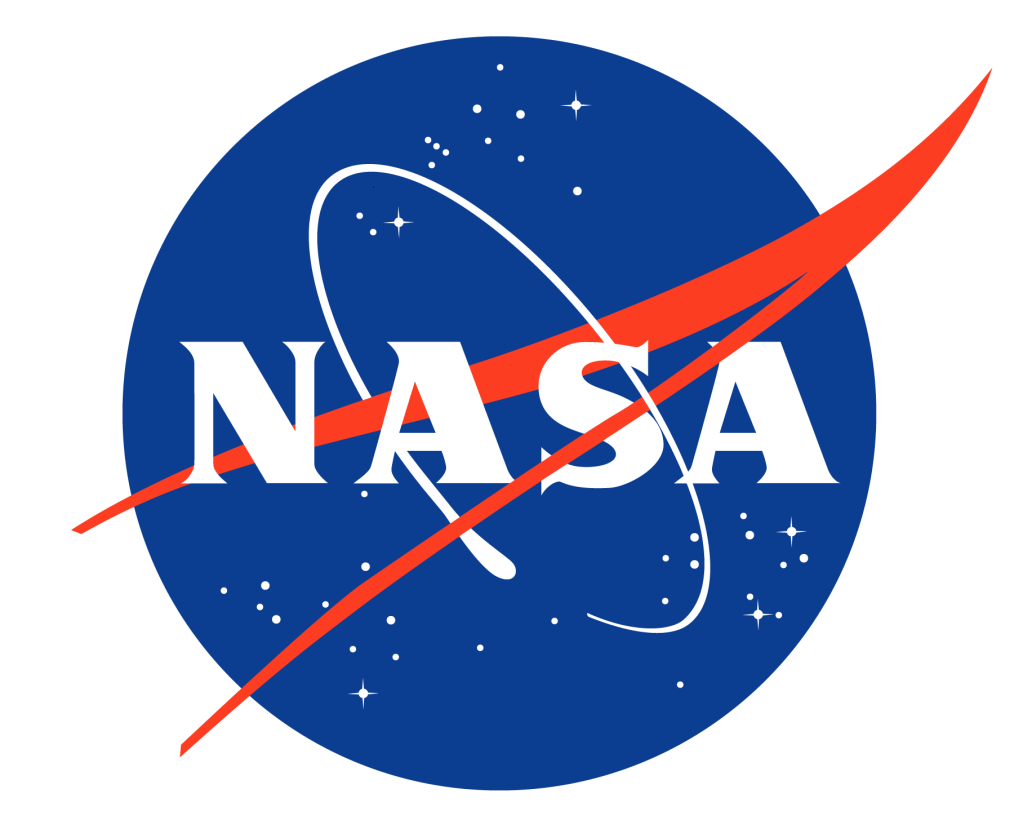
Ed Harrison
Public Affairs, NASA
Ed Harrison had a unique talent. He could instantly recognize whether or not an object or event would make a good news picture. As a result when he called photographers and said “you need to be here” to cover a spacecraft or news event they came from all over the country and sometimes world because they trusted his judgment.
His careful selection of photo opportunities was in keeping with his philosophy that having photographers and writers on site was the best way to make sure important news actually reached the largest number of people. His studies showed that perhaps 70 percent or less of NASA releases were used…but a hundred percent of photos and stories covered in person were used.
Another of Harrison’s talents was planning, and then modifying the plans in real-time, in order to orchestrate the movement of hundreds of news people and their escorts covering news events. His work as a photo coordinator for much of his career, meant that he had to figure out ways to allow still, motion picture and video photographers to get to the best place on, and sometimes off, the center to get the perfect pictures to tell the story of what was happening. He is particularly proud of his efforts to allow news organization to place remote cameras around the launch pads.
Writers were often considered easier to deal with because most people were brought to them to talk about upcoming launches and new science. Photographers needed to be on location most of the time because it was hard to bring rockets and spacecraft to them.
No one in the history of NASA’s Kennedy Space Center to date has been more adept at planning for photographic coverage of major events than Harrison. He fought many battles for access to secure areas and even hazardous ones because he shared the belief that it was important for the world to be able to see and understand what NASA was doing. At the same time he was always mindful of the safety of individuals and hardware.
That belief and knowledge about what was happening in every corner of the center made him very effective in other assignments as he was promoted into the ranks of management.
One of the jobs he enjoyed most was being the chief of the visitor center branch. Hosting up to 3 million visitors a year, the Kennedy Visitor Center is one of the most effective ways NASA has to tell its story to people. Harrison was in charge at a pivotal period in the Visitor Center history. It was the period when the dreams of expansion by building the huge Apollo/Saturn V Center and Space Station Tour stop and exhibits were being finalized and bid packages for construction getting underway.
He also played an important role in NASA involvement in finishing the Astronaut Memorial Foundation building and memorial dedication.
At about this time his expertise was needed back at the press site and he was made chief of the public information office where he served until his retirement.
Born in Hampton, Va., Harrison had a unique career in NASA. He went to work with the agency at the Langley Research Center right out of high school as a photo coordinator.
His first job was actually in a laboratory developing the miles of 16mm film used to document wind tunnel tests. He progressed through the lab to copying, editing, designing titles and other tasks.
Langley is world renown for research and problem solving in aeronautics. One effort that Harrison remembers working on involved the commercial Lockheed Electra aircraft. Langley took on the job of helping solve the problem the aircraft was having with wing failure. The result was an aircraft that went on to provide commercial service for many decades and even be rugged enough to be used as a “hurricane hunter.”
Langley was also at the center of human spacecraft development during the Mercury program and in December 1961, Harrison was transferred to the Launch Operations Directorate at Cape Canaveral where he worked as a photo coordinator through its metamorphous into the Manned Spacecraft Center and finally the Kennedy Space Center.
The Mercury and Gemini programs proved exciting for Harrison. He underwent jungle training with the astronauts as he provided for photographic documentation of the exercises. On one occasion they all trekked from the rim of the Grand Canyon to the bottom and part of the way up. Luckily they had mules for most of the trip up. During some of the flights he was assigned to the fleet of recovery ships.
Transferring to public affairs, he was one of the first people to work on the Kennedy traveling exhibit program and the new visitor center. Next he moved to the public information branch as photo coordinator and began climbing through the ranks of management.

























